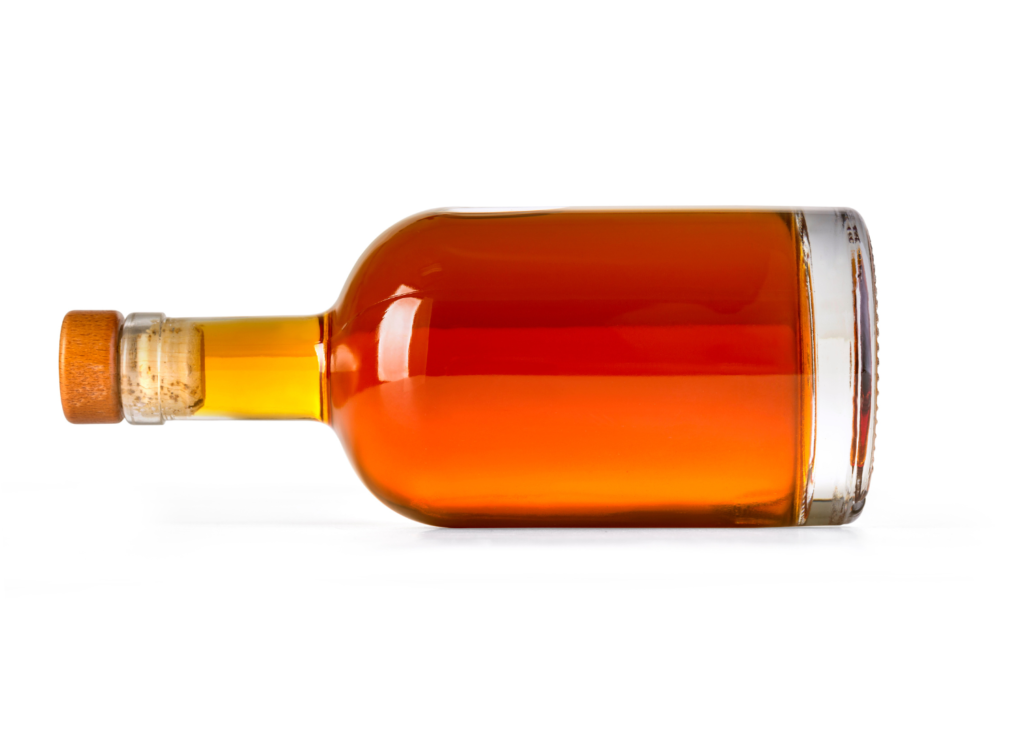How Long Does Open Whiskey Last?
 How Long Does Open Whiskey Last? Let’s Explore.
How Long Does Open Whiskey Last? Let’s Explore.
Whiskey, a spirit steeped in tradition and savored for its rich complexity, is not just a drink; it’s an experience. For connoisseurs and casual sippers alike, the question often arises: how long does an opened bottle of whiskey last? Let’s dive into the art of preserving this liquid gold, focusing on ideal storage conditions, the impact of various factors on its shelf life, and some top picks from Whiskey Collective that demand a place on your shelf.
Understanding Whiskey’s Shelf Life
Unlike wine, whiskey doesn’t mature in the bottle. However, once you open a bottle of whiskey, the clock starts ticking. The key here is oxidation. When whiskey is exposed to air, it gradually starts to lose its character and flavor. But don’t worry; it’s a slow process. An opened bottle of whiskey can maintain its prime taste for up to 1-2 years, though some may argue they notice changes after just a few months.
Ideal Storage to Savor Every Drop
Temperature and Light
Store your whiskey at room temperature, away from direct sunlight and any heat sources. Extreme temperatures and fluctuations can lead to the whiskey expanding and contracting, which might cause the cork to loosen or the liquid to evaporate faster. A cool, dark cabinet is your best bet.
Bottle Size Matters
Smaller bottles are a smart choice if you’re not planning to drink regularly. The less air space above the liquid, the slower the oxidation process. If you’re sampling from a larger bottle, consider transferring the remaining whiskey into a smaller bottle to prolong its life.
The Role of Air Exposure
The more whiskey you consume from the bottle, the more air replaces it. This increased exposure can make the whiskey go bad faster. If you’ve got an opened bottle of whiskey that’s been sitting half-full for a while, it’s time to revisit it before the flavor starts to diminish.
Light and Positioning
Keep your whiskey bottles away from light, especially sunlight, as UV rays can degrade the quality of the spirit. Store bottles upright to prevent the whiskey from interacting with the cork, which can affect its flavor profile.
Final Thoughts
In conclusion, storing your whiskey correctly is crucial to maintaining its essence. Always store bottles at room temperature, away from light, and consider the size of the bottle to determine how quickly you plan to consume it. An opened bottle of whiskey can be a journey of flavors, evolving subtly over time.
To explore a range of premium whiskeys that promise an extraordinary experience, visit our shop. Sign up for our subscription service to regularly enjoy carefully selected whiskeys. And next time you open a bottle, remember these tips to ensure that each sip remains as enjoyable as the first.
Frequently Asked Questions
Does whisky go bad after opening?
Yes, whisky can go bad after opening, but it takes a considerable amount of time. When a whiskey bottle is opened, the spirit gets exposed to air, leading to slow oxidation. This process can alter the whiskey’s flavor and aroma, but it usually takes years for an opened bottle to noticeably deteriorate. Proper storage—away from direct sunlight, at a consistent room temperature, and with minimal air in the bottle—can greatly extend the shelf life of an opened whiskey, often allowing it to maintain good quality for up to 1-2 years or more.
Can I drink 10 year old opened whiskey?
Drinking a 10-year-old opened whiskey is generally safe, provided it has been stored properly. Whiskey doesn’t spoil in the same way perishable foods do, so it’s unlikely to make you sick. However, the quality and taste may have declined if it was exposed to light, varying temperatures, or significant amounts of air. If stored in optimal conditions—cool, dark, and tightly sealed—the whiskey could still retain much of its original character, making it enjoyable even after a decade.
Can you drink 20 year old opened whiskey?
Drinking a 20-year-old opened whiskey is usually safe, but the flavor may not be as intended. Whiskey is a high-alcohol spirit, which inhibits bacterial growth that typically leads to spoilage. However, over such a long period, especially if the bottle was frequently opened or not stored correctly, the whiskey’s taste and aroma might have diminished or altered. As long as there are no signs of contamination or unusual odors, it’s safe to taste, though the experience might differ from a freshly opened bottle.
How can you tell if whiskey has gone bad?
To determine if whiskey has gone bad, look for changes in appearance, smell, and taste. A significant change in color or the presence of sediment could indicate spoilage. Smell the whiskey; any off or sour odors are a bad sign. If it smells fine, take a small sip. The flavor should be the final indicator; if it tastes significantly different from when it was opened or has an unpleasant flavor, it’s best not to drink it. However, whiskey rarely goes ‘bad’ in a way that it becomes unsafe to drink; it typically just loses its desired flavors.
 How Long Does Open Whiskey Last? Let’s Explore.
How Long Does Open Whiskey Last? Let’s Explore.